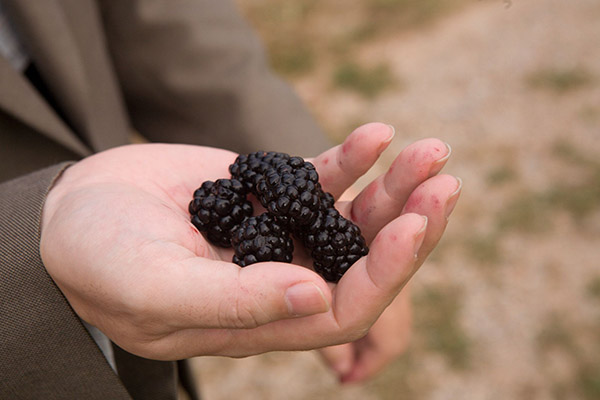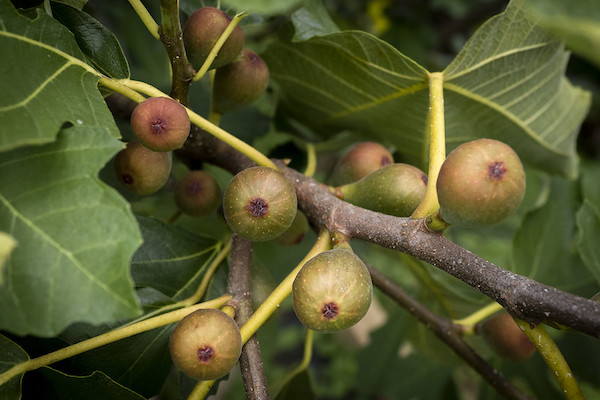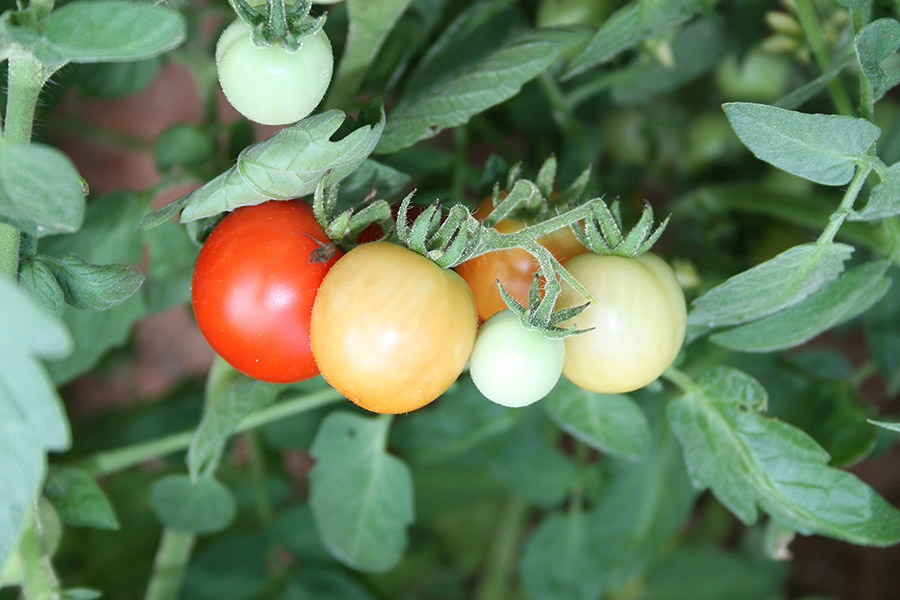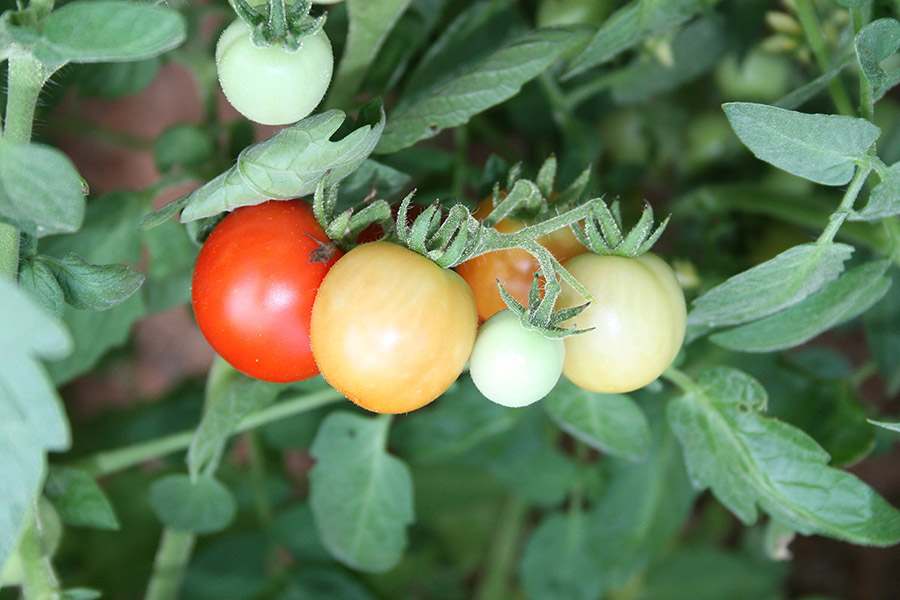
From an early age, we’re told by our parents to make sure we eat our vegetables.
The U.S. Department of Agriculture recommends that people eat five to nine servings of fruits and vegetables per day.
However, there’s long been confusion around what is a vegetable versus a fruit — tomatoes, we’re looking at you.
So, when is a vegetable actually a fruit — or a root or a shoot?
The situation informs the definition
University of Georgia Cooperative Extension vegetable specialist Tim Coolong explains that the definition of a vegetable varies depending on how scientific you want to get.
From a consumer perspective, the difference between a vegetable and a fruit is how the item is consumed.
“A vegetable is a food item used to complement other items in a main dish, while a fruit would generally be consumed by itself as a snack or as a dessert,” Coolong said.
From a research and grower perspective, the difference is more about how they are grown.
“Though there are exceptions, veggies tend to be managed as annual crops, while fruits are more often perennials grown on bushes or trees,” Coolong said.
“A fruit specialist would work with peaches, apples and oranges, all of which require the same skill sets when growing them. And a vegetable specialist growing tomatoes, peppers and eggplant would grow those items similarly, even though all three of them are fruits, botanically speaking,” he added.
Did you catch that? Scientifically, tomatoes, peppers and eggplants are all fruits.
It all comes down to science
When you break it down botanically, the definition of a vegetable gets fuzzy — and you wind up in arguments with your trivia group about whether a pumpkin is a fruit or a vegetable.
So let’s dig into the more botanical classifications of some of our favorite foods, because there are a few that might surprise you.
First, anything that contains the seeds of the plant is a fruit, not a vegetable. This category includes items many consider to be vegetables, including squash, tomatoes, cucumbers, peppers, eggplant and avocados.
Yes, pumpkins are a fruit!
Peas and beans are a bit trickier, because if you just eat what’s inside the pod, you’re eating the seed. But, if you are also munching on the pod, then you’re eating both the fruit and the seed.

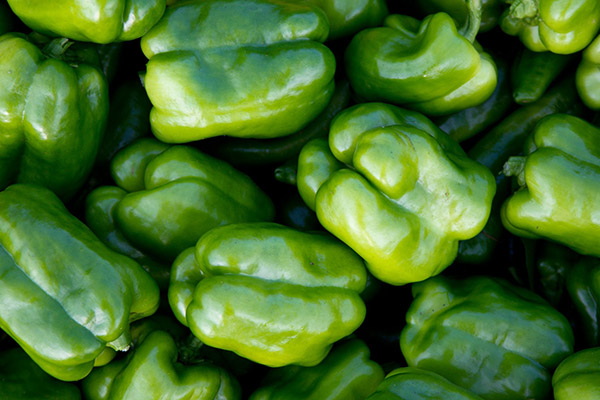
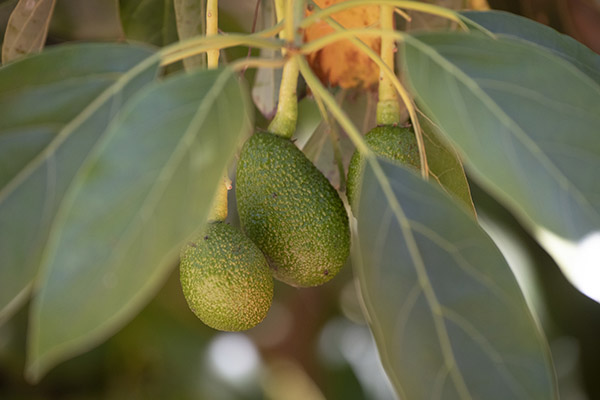
What other parts of plants are edible?
Broccoli and cauliflower are both immature flowers of the plant. Cauliflower is very underdeveloped, which is why it’s so tightly bound up compared to broccoli. Artichokes are also flowers that have yet to bloom. The choke of the artichoke — the prickly, fuzzy stuff above the artichoke’s heart that you regret eating almost immediately — ultimately becomes the gorgeous purple flower of the artichoke plant.
Cabbage, Brussels sprouts, lettuce, kale and chard are all made up of leaf tissue and, if left alone long enough, the plant will flower. Gardeners call this bolting. Asparagus are the shoots of the plant, and the tip would develop leaves that look like ferns if left in the field long enough.
Carrots, radishes, beets and many other root vegetables are the swollen tap root of the plant. The tap root seeks out water for the plant, which are the greens growing from the top of the root. Plants don’t just have one root, which is why — when you pull a carrot out of the ground — there are often lots of little hairy looking rootlets on them as well. Sometimes you’ll even get a two- or three-legged carrot, which means it sent out more than one tap root, or the tap root split into multiple branches.

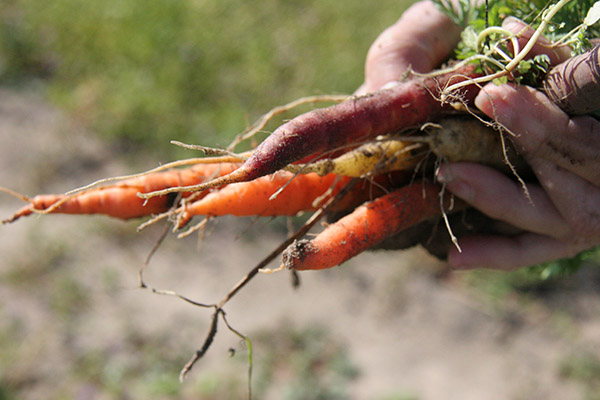
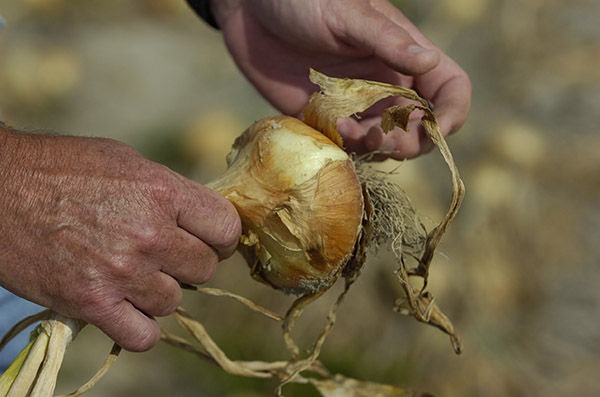
Speaking of roots — sweet potatoes are tuberous roots, but white potatoes are true shoot tubers. Tubers are an extension of the plant that will one day create an entirely new plant. That’s why your store-bought potatoes will start sprouting on their own in your cupboards.
Onions are another anomaly. While they may be bulb shaped, they actually are compressed leaf tissue that grows underground. A bulb of garlic, however, is a true bulb similar to flower bulbs like tulips and daffodils. In a head of garlic, there is a thin layer of leaf tissue that surrounds each clove, each of which is a separate bulb.
A fruit is just a fruit, right?
Now, “vegetables” may be a bit convoluted, but fruits are pretty straightforward, right? Well, maybe not.
Take strawberries for example. Scientifically, the flesh of the strawberry is not the fruit. The fruits are the tiny seed-like things on the outside, embedded in the red flesh. Each one of those contains a seed. The delicious juicy flesh is an extension of the plant that holds the flower.
On raspberries and blackberries, all of the little spheres on the berry are separate fruits, scientifically known as drupes. So, a single raspberry is actually a cluster of drupes or fruits, and within each drupe is a seed.
One more fun fact to tuck into your trivia pocket — figs are a fleshy, inside-out flower. Which is why you never see a fig tree with a “traditional” flower on it. That fruit that you’re enjoying is the flower. This helps explain why figs need to be pollinated by tiny wasps that crawl inside of the fig. But that’s another story for another time!

